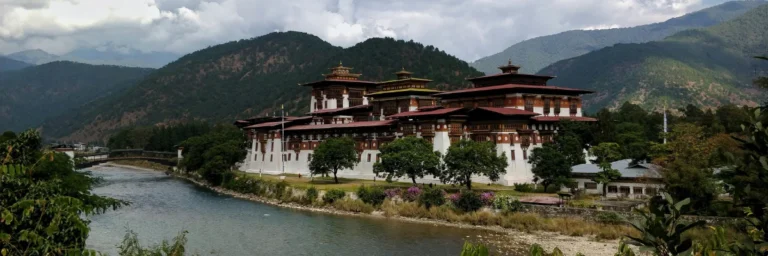Introduction to Kailash Mansarovar Yatra from USA
Kailash Mansarovar Yatra from USA is a journey that carries both the spirituality side and the adventure, and cultural discovery side. This yatra attracts pilgrims to the lands of Tibet. For many travelers, this pilgrimage to the Kailash Mansarovar is a deeply meaningful journey to a place considered very sacred by several religions.
Planning the Kailash Mansarovar Yatra from USA necessitates several steps, but with the right guidance, it becomes a fulfilling yatra. From understanding the travel requirements to choosing the right time to begin on this journey, each point requires a very careful consideration. Since independent travel to Tibet is not permitted, working with a reliable and authorized tour operator is very important here to navigate the process smoothly. We at Himalayan Trekking and Tours will help make all the necessary permits, plan your itinerary, and we make sure that your journey is very well-organized and safe.
The journey to Mount Kailash and Lake Mansarovar is about experiencing a very different landscape, meeting like-minded travelers, and engaging with a rich cultural heritage that has been preserved for centuries. For many, the yatra provides them with a chance to step away from their everyday busy lives, reflect on their spiritual journey, and find a deeper sense of purpose and peace of life.
Table of Contents
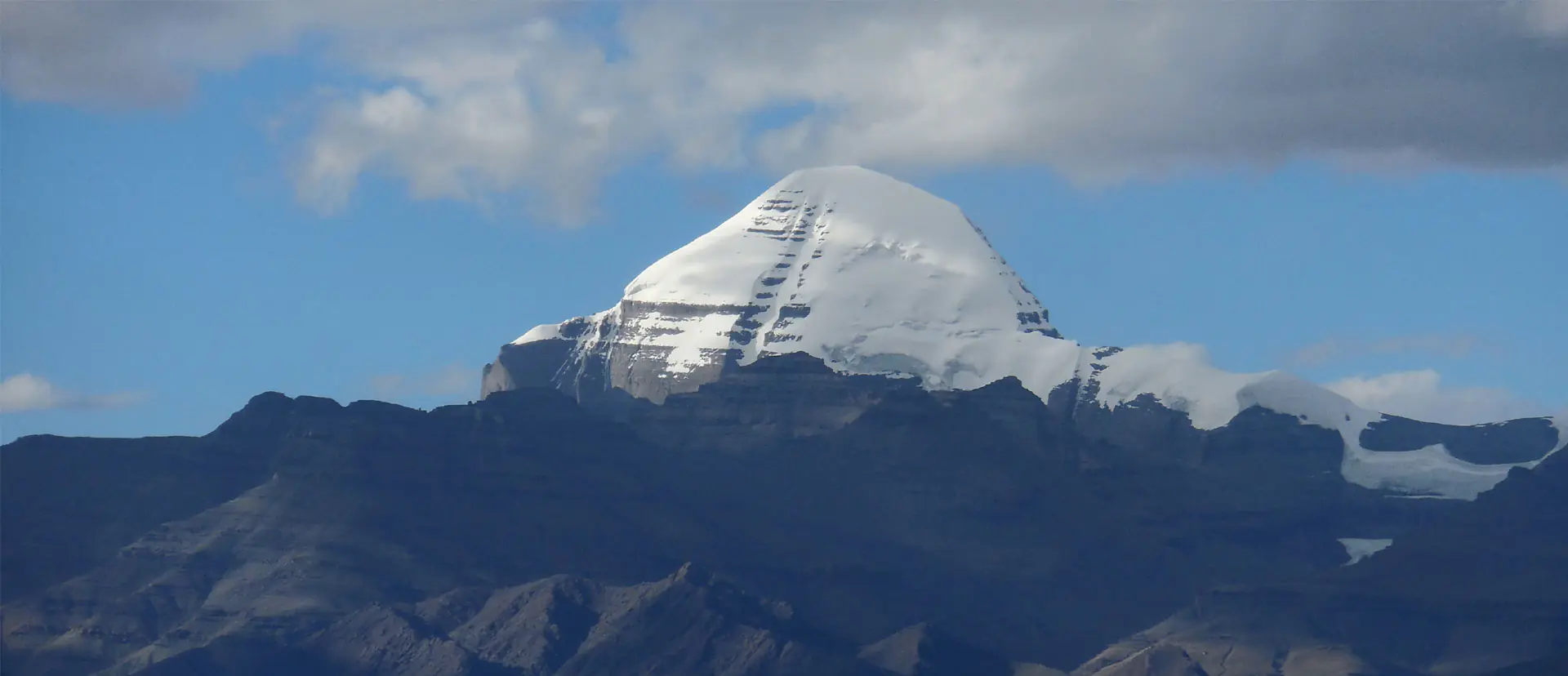
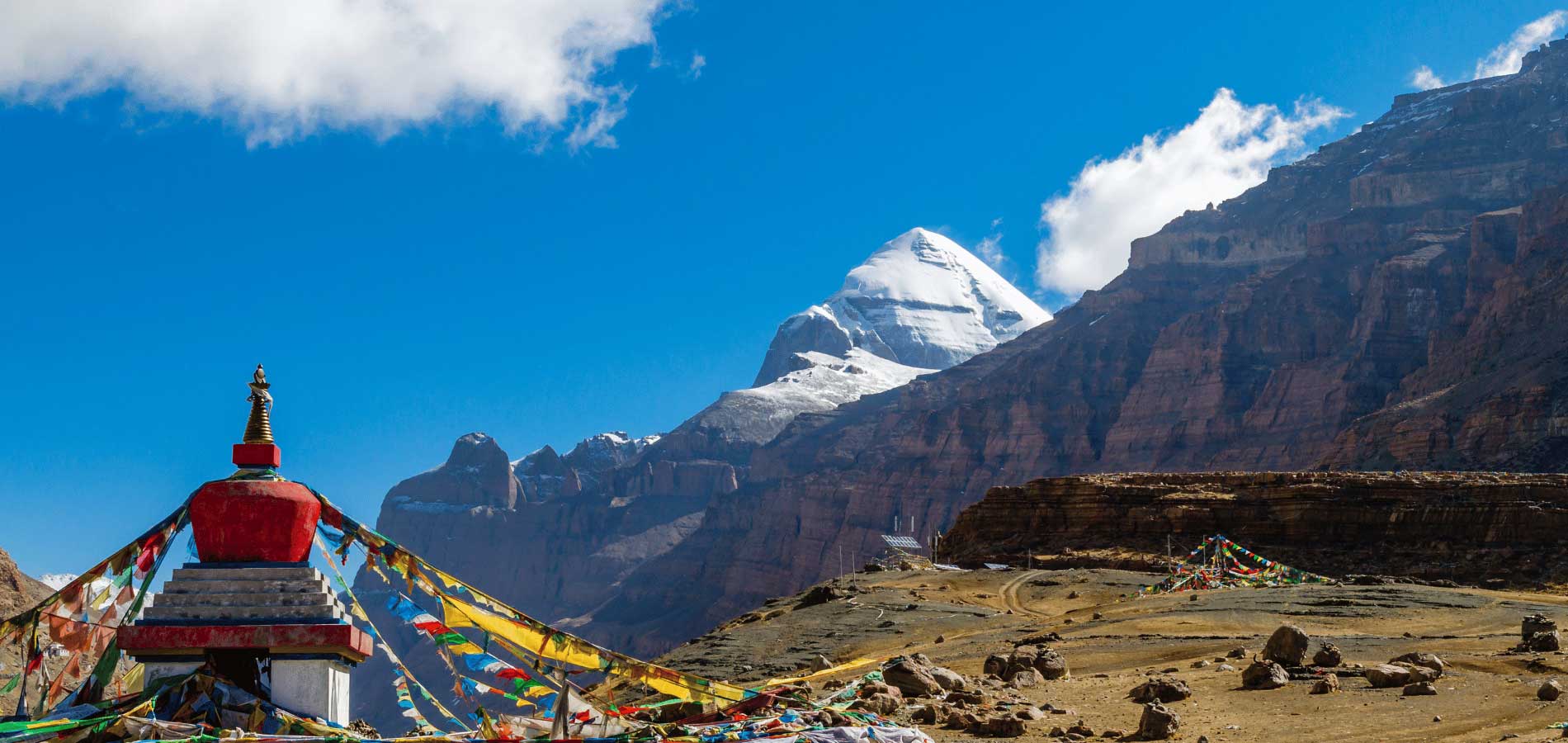
Understanding the Significance of Kailash Mansarovar Yatra
Mount Kailash, which is located in the remote region of Tibet. It has a great religious significance for Hindus, Buddhists, Jains, and Bon practitioners. It is considered the abode of Hindu god- Lord Shiva and is believed to be the axis mundi, or the center of the world, in various religious texts. The Mansarovar Lake is also another holy site that pilgrims visit which is situated near Mount Kailash. Here, a dip in these very sacred waters is believed to cleanse sins and purify the soul.
Visa and Permit for Kailash Mansarovar Yatra from USA
Beginning on the Kailash Mansarovar Yatra from USA (United States) involves very diligent planning. It is particularly important when it comes to obtaining the necessary travel documents. The 2 most essential documents required for this pilgrimage are the Chinese Visa and the Tibet Travel Permit (TTP).
As a US citizen, you must go through specific procedures to secure these documents, and it is advisable to use a very reliable travel agency to smooth the process.
Below are the steps to get your Tibet Travel Permit (TTP) and Chinese Visa required for your journey to Kailash Mansarovar.
- Prepare your travel plans early and give us all the necessary details to support your visa application. Please kindly double-check that all the information you provide is accurate.
- Be present in Nepal for at least 3 business days, as your presence is needed for the process.
- Share a copy of your visa with us to move forward.
- On day one, you will need to visit the Chinese embassy for biometric data collection.
- Once your application is accepted, the embassy will continue processing your visa.
- By the 3rd day, you should receive your visa. This will permit you to proceed with your Yatra to the Kailash Mansarovar.
Understanding these requirements beforehand will help you avoid any issues and make sure of a smooth journey to Kailash Mansarovar.
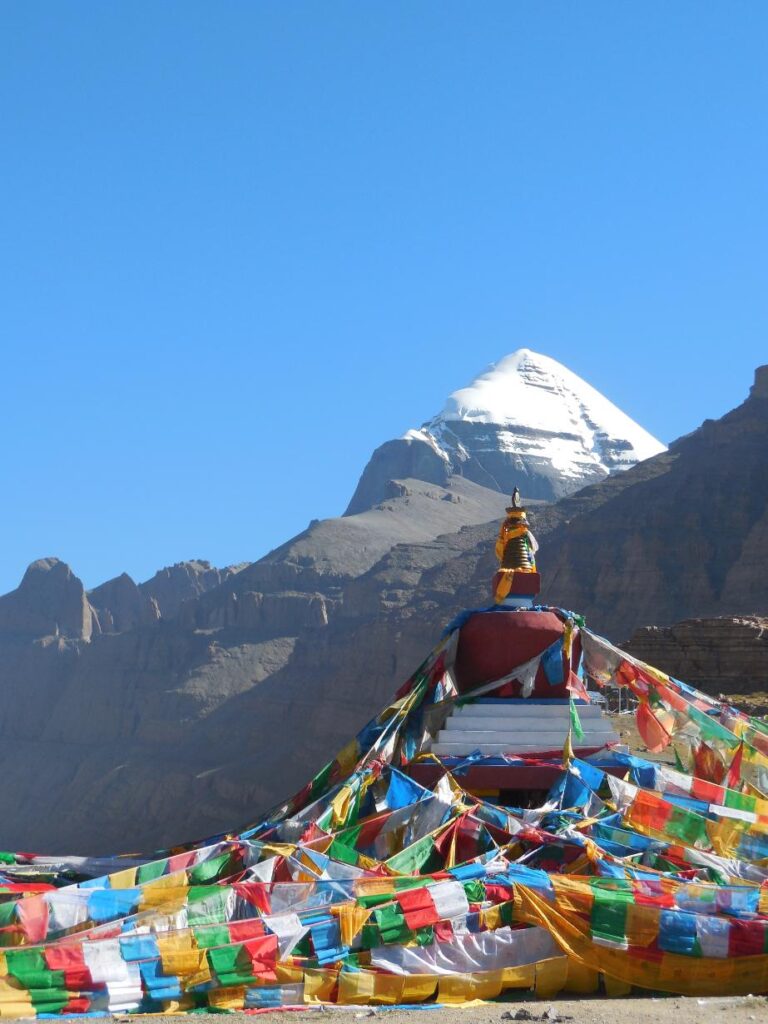
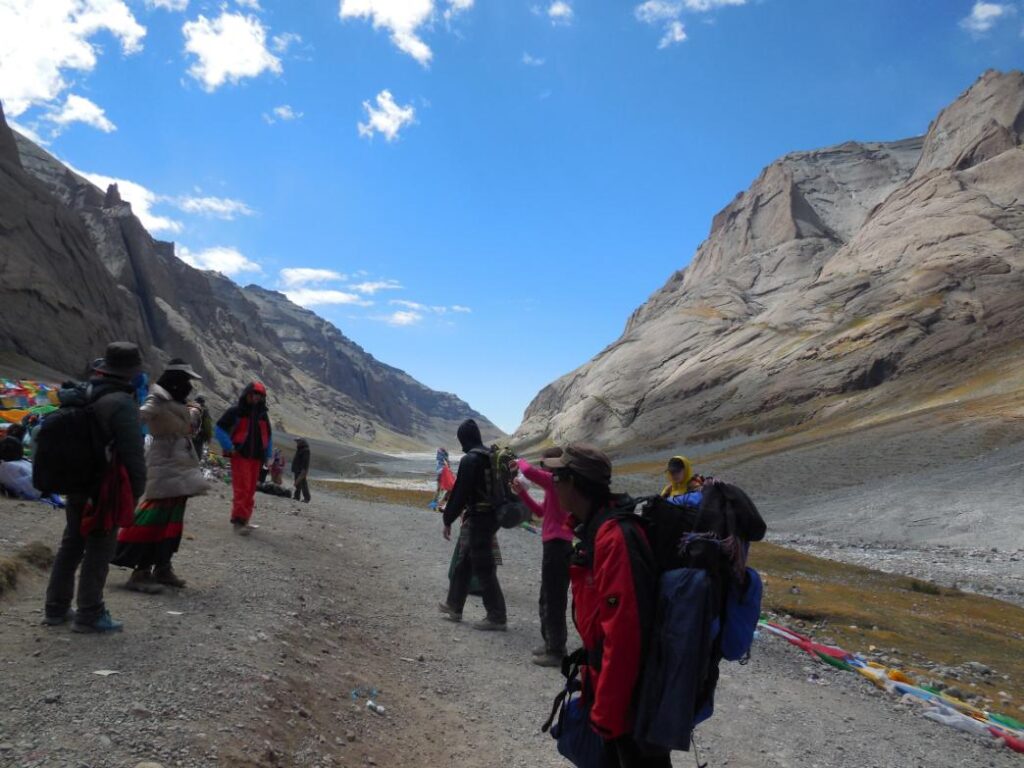

We at Himalayan Trekking and Tours have a lot of packages when it comes to Kailash Yatra:
We also have Flight Darshan to Kailash:
If you are interested on Helicopter tour to the Kailash, here we have:
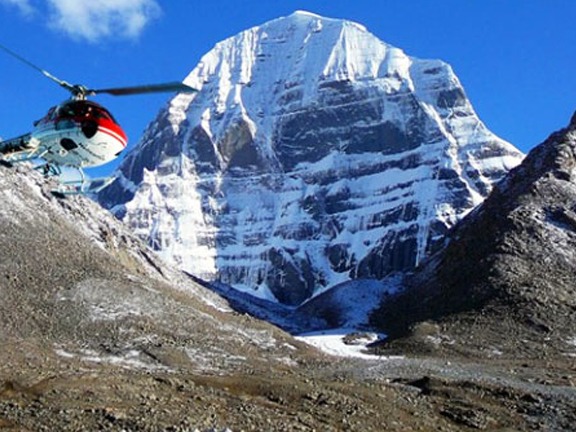
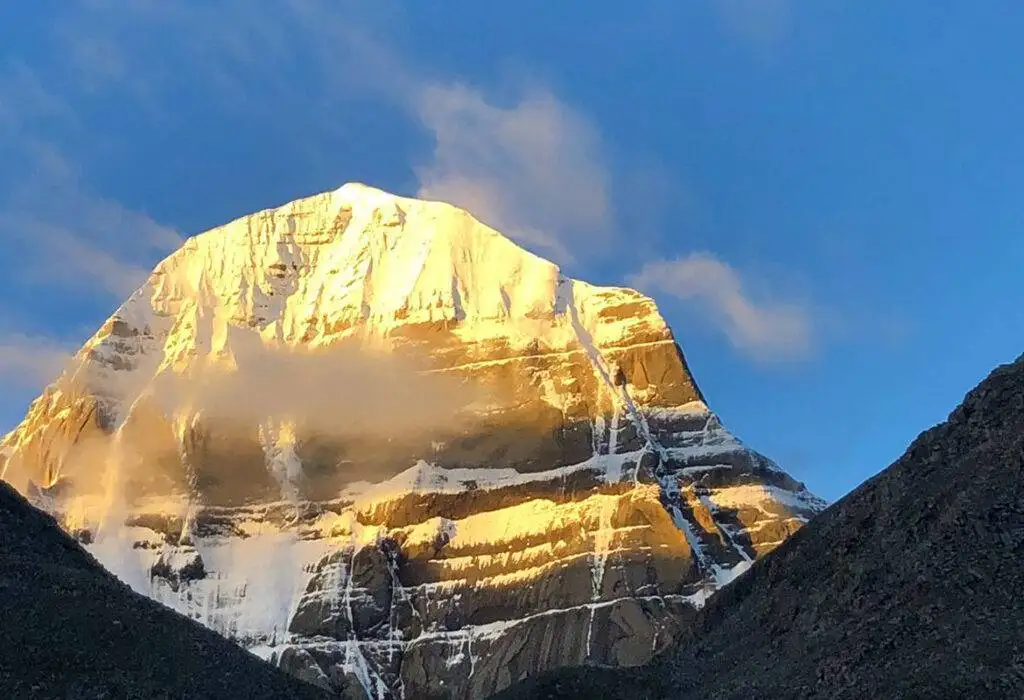
Another best time to go for Kailash Yatra is during the most popular festival:
How Long Does the Kailash Mansarovar Yatra Take from the USA?
The duration of the Kailash Mansarovar Yatra from USA can actually vary depending on several factors. The factors to this include the travel route, mode of transportation, and acclimatization needs. Typically, the yatra itself, starting from Kathmandu, takes around 14 days as per the standard itinerary. However, travelers from the USA should factor in additional time for international travel to Nepal. It generally takes an extra 2 to 3 days to reach Kathmandu from the USA, depending on flight connections and layovers.
Furthermore, the total duration may also be influenced by the chosen route to Mount Kailash—whether via Nepal or directly through Tibet via China—as well as any additional days required for acclimatization to high altitudes. Considering these variable factors, the average duration for the Kailash Mansarovar Yatra from the USA can approximately range from 15 days to 21 days. This will also provide sufficient time for both travel and the spiritual journey itself.
Flights and Transition Points from the USA to Nepal
When traveling from the USA to Nepal for the Kailash Mansarovar Yatra, here are some key details regarding flights and transition points:
Airlines Offering Flights to Nepal:
These airlines offer international flights to Nepal, with routes connecting through various global hubs.
Transition Points:
- India: Commonly used transition point, with major connections available via cities such as Delhi and Mumbai.
- Turkey: Istanbul serves as a significant hub for flights connecting the USA to Nepal.
- Qatar: Doha is another popular transit city for flights to Kathmandu.
- Dubai: Dubai International Airport is frequently used for connecting flights.
- Singapore: Singapore Airlines offers transitions through Singapore.
Travelers will need to take at least 1 transition flight, as there are no direct flights from the USA to Nepal. The choice of transition point will influence the total travel time and overall journey experience.
Average Flight Duration:
- The total flight time from the USA to Nepal, including layovers, is approximately 16 hours. This duration can vary based on the specific flight route and layover times.
Cost of Flights:
The cost of a round-trip flight from the USA to Nepal generally ranges around $2,000. Having said that, this price can alter based on:
- Departure location within the USA
- Time of year
- Airline choice
- Seating class
Booking flights well in advance is highly recommended to secure the best rates and avoid potential delays.

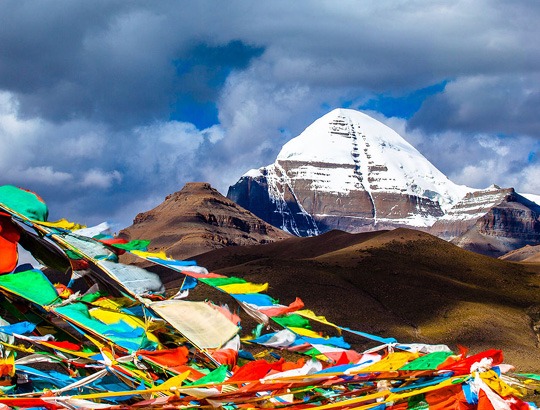
Best Time for Kailash Mansarovar Yatra from USA
The best time to visit Mount Kailash and Lake Mansarovar is between May and September months of the year. During these months, the weather is almost always mild. It will have clearer skies and less likelihood of snow or heavy rain. This makes the trekking conditions more manageable. The temperatures are generally comfortable, which helps with acclimatization and reduces the risk of altitude sickness.
Visiting outside this period, especially in the winter months, can be really challenging due to extreme cold and snow, which may close roads and make the journey difficult. Planning your trip during the recommended months ensures a safer and more enjoyable experience.
What to Pack: Essential Items for Kailash Mansarovar Yatra from USA
Packing wisely is very important for a successful and comfortable Kailash Mansarovar Yatra.
Here is a list of must-have items to your trip to Kailash:
- Clothing: Layered clothing, thermal wear, waterproof jackets, warm hats, gloves, and scarves are essential due to the varying temperatures.
- Footwear: Comfortable trekking boots with good grip and ankle support are crucial for the trek around Mount Kailash.
- Medical Kit: A comprehensive medical kit including basic medications, antiseptics, band-aids, and personal prescriptions.
- Personal Items: Sunscreen, sunglasses, lip balm, toiletries, water bottles, snacks, and energy bars.
- Spiritual Supplies: Carry any personal spiritual items such as prayer beads, scriptures, or incense if you wish to use them during the pilgrimage.
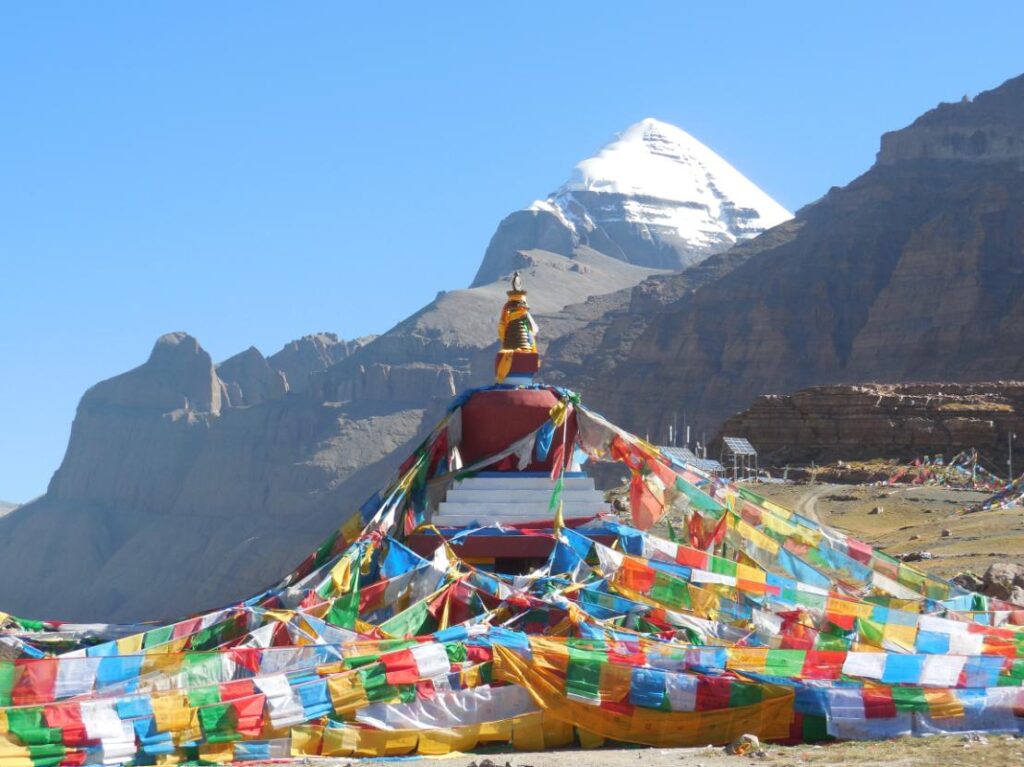
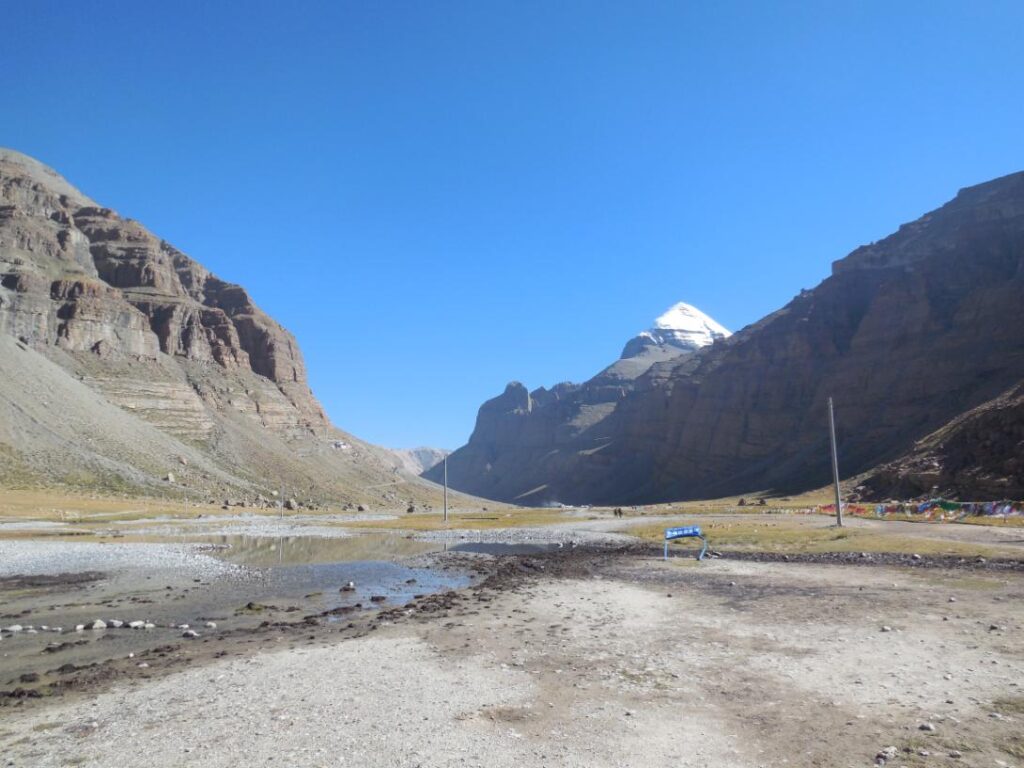
Health and Safety Considerations for Kailash Mansarovar Yatra from USA
Making sure of health and safety during the Kailash Mansarovar Yatra is of greatest importance. Here are some tips:
- Hydration: Drink plenty of water to stay hydrated, especially at high altitudes.
- Nutrition: Consume a balanced diet with adequate carbohydrates and proteins to maintain energy levels during the trek.
- Emergency Services: Make sure your tour operator provides access to emergency medical services and evacuation procedures in case of severe altitude sickness or other health emergencies. We at Himalayan Trekking make sure that we have emergency service ready for our pilgrims. We take safety our utmost priority.
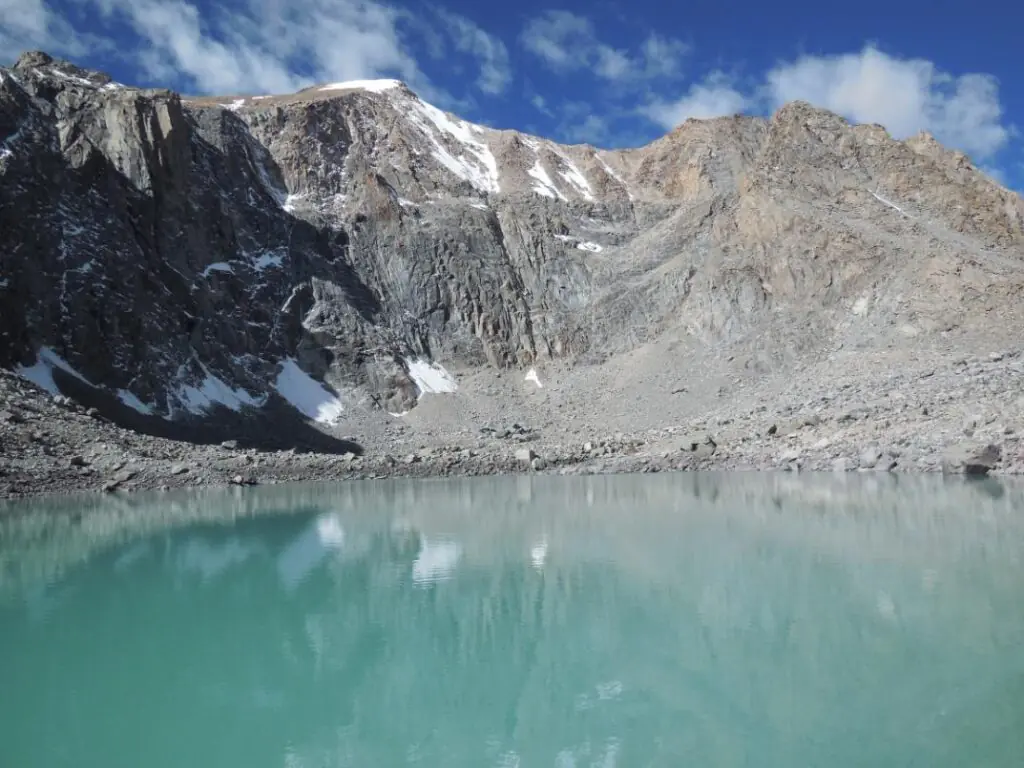
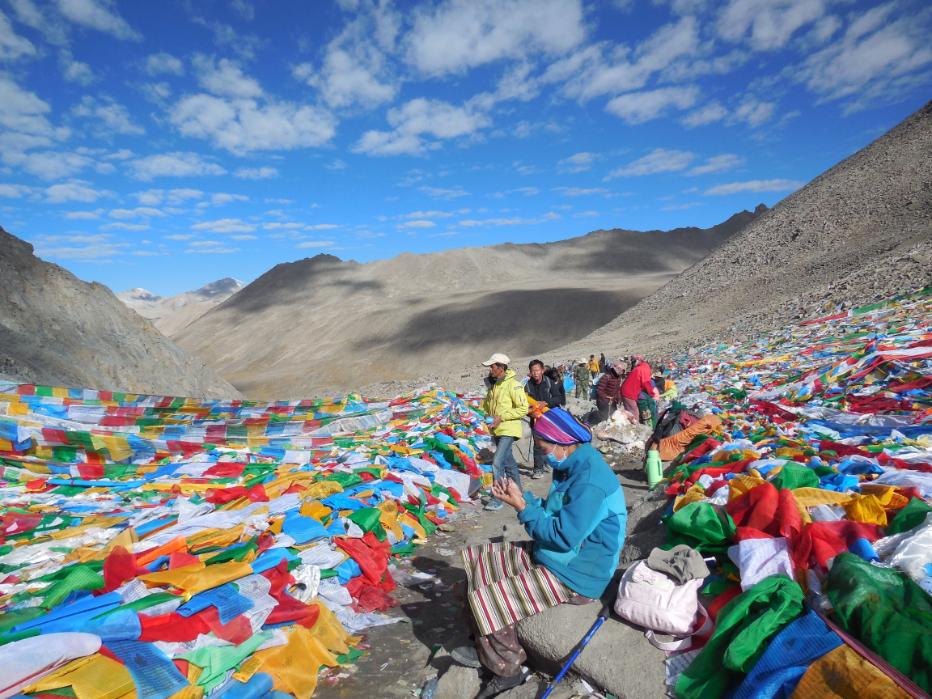
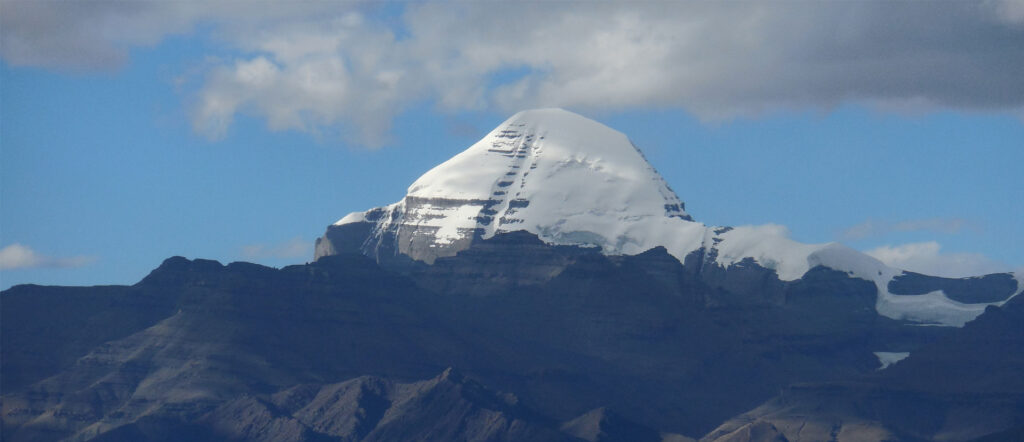
How Much Does Kailash Yatra Cost?
The Kailash Mansarovar Yatra typically costs around $4,000. However, several variable factors can contribute and affect the actual total expense:
- Tour Provider and Package: Prices vary based on the tour operator and the specific package selected, which may offer different levels of service and amenities.
- Seasonal Factors: Costs can increase during peak travel periods due to higher demand. Traveling during less busy times may lower expenses.
- Trip Duration and Itinerary: Longer journeys or more comprehensive itineraries can lead to higher costs. The route you choose also impacts the price.
- Accommodation: The cost will differ based on the type of lodging, ranging from basic guesthouses to more upscale hotels.
- Transportation: Expenses vary depending on whether you use public transport, shared vehicles, or private options. Flights typically add to the overall cost.
- Food and Catering: Costs can fluctuate depending on the meals provided and whether any special dietary needs are accommodated.
- Guides and Support: Hiring guides, porters, or additional support services can increase the total cost but may enhance your experience.
- Cultural Tours and Sightseeing: Optional cultural activities or extra sightseeing opportunities may add to the cost.
- Insurance: The price of travel insurance varies based on coverage and the duration of your trip.
- Additional Costs: Personal expenses and any unexpected charges should be considered as well.
Generally, you can expect the total cost of the Yatra to range between $3,000 and $6,000. To make sure of a clear understanding of your expenses, carefully review the details of your tour package and request a cost estimate in advance to avoid surprises.

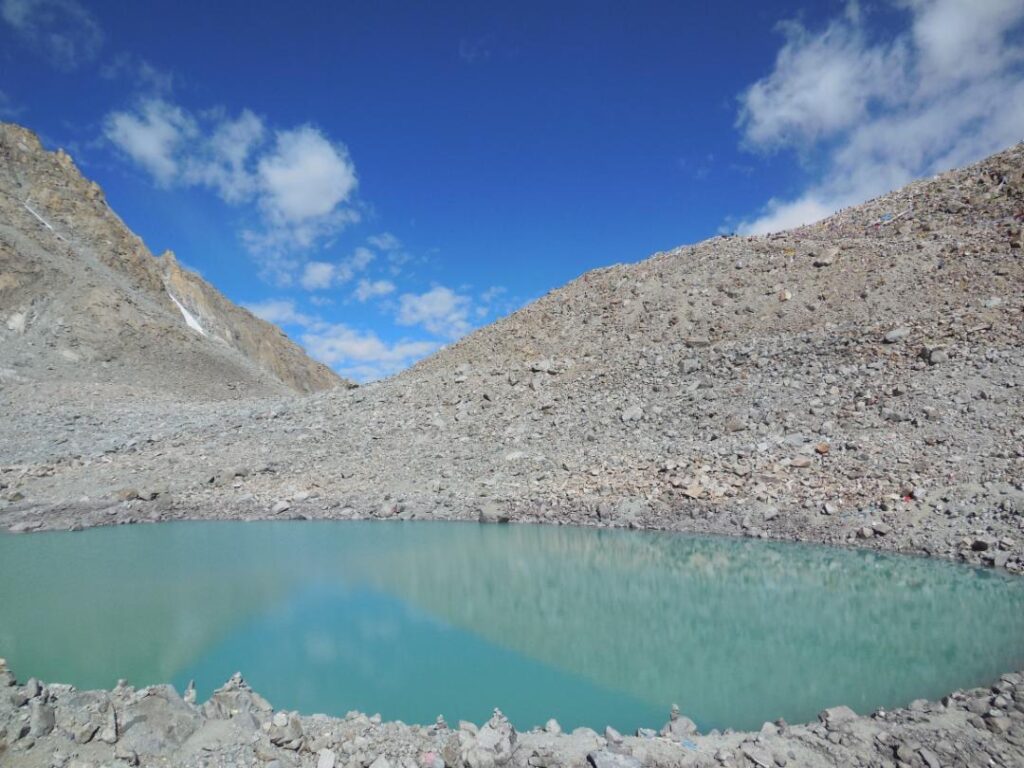
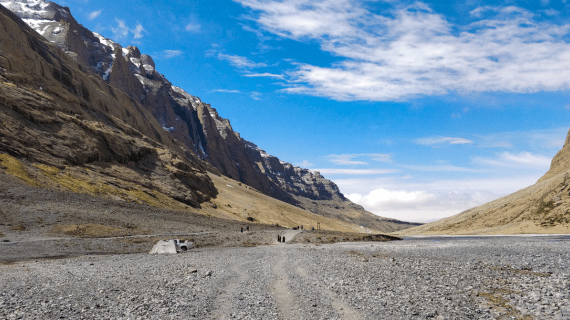

Accommodation During Kailash Mansarovar Yatra from USA
During the Kailash Mansarovar Yatra from USA, accommodation options will vary throughout your journey. Initially, you can expect to stay in well-appointed hotels in major cities like Kathmandu, Kerung, Darchen, and Saga, where comfort and amenities are generally more upscale. As you approach Mount Kailash and Lake Mansarovar, the accommodation will shift to simpler guesthouses. These guesthouses shall provide basic but cozy facilities, making sure that you have a comfortable place to rest despite the more remote environment. We prioritize your comfort throughout the trip, providing quality lodging wherever possible to make your experience as pleasant as possible.
Meals During Kailash Yatra
During the Kailash Mansarovar Yatra, pilgrims can expect a variety of meal options. The diet is predominantly vegetarian, in keeping with traditional practices. Along the journey, you will have access to familiar Indian dishes if preferred, and there will be opportunities to try out local Tibetan cuisine. Some of the Tibetan specialties you may encounter include tingmo (steamed bread), thukpa (noodle soup), thenthuk (noodle stew), tsampa (roasted barley flour), and Tibetan bread. All meals provided will be vegetarian standards.
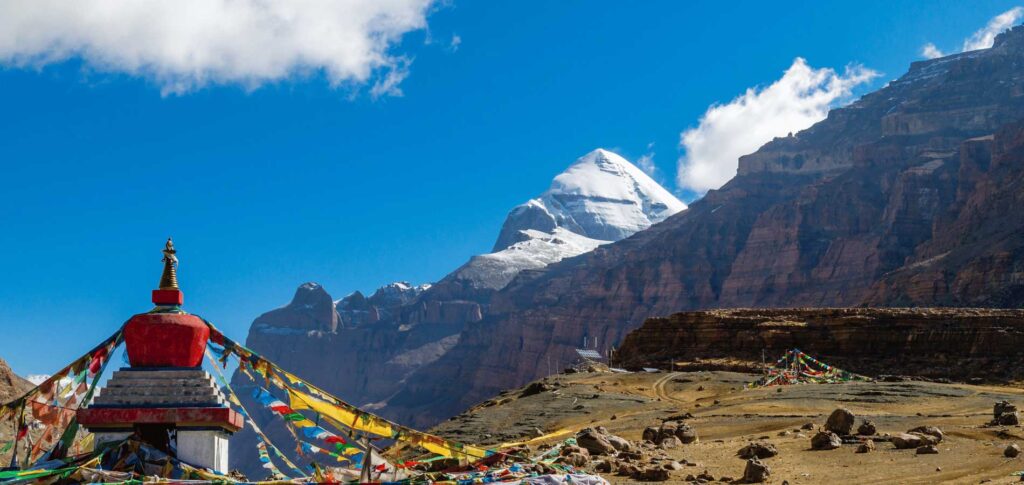

Health and Safety Measures: Staying Well during the Yatra
- Acclimatization: Gradual acclimatization to high altitudes is very important to prevent altitude sickness. Kindly strictly follow the suggested guidelines for acclimatization to give your body time to adjust to the thinner air.
- Hydration: Drink plenty of water throughout the journey to stay hydrated. Proper hydration helps prevent altitude sickness and keeps you feeling your best.
- Diet: Maintain a balanced diet with ample fruits, vegetables, and other nutritious foods to support your energy levels and overall well-being.
- Medication: Carry any necessary medications, including those for altitude sickness, and consult with a healthcare professional before the trip.
- Clothing: Wear appropriate clothing in layers to handle varying temperatures and weather conditions. Pack both warm and lightweight clothing to stay comfortable in different environments.
- Physical Fitness: Engage in physical conditioning before the trip to make sure that you are in good health and have the stamina needed for the trek.
- Health Check: Get a comprehensive health check-up before departure to identify any potential issues that could affect your journey.
- Emergency Services: Keep your guides posted about everything that you feel during the trip. For any emergency, your guide will help you with the necessary things.
Cultural Etiquette and Guidelines for Pilgrims
When going on the Kailash Mansarovar Yatra, it is very important to respect local customs and cultural practices:
- Photography Restrictions: Photography around certain areas, especially near military installations and monasteries, is strictly prohibited. Always ask for permission before taking photos of locals or during religious ceremonies.
- Respect Sacred Sites: Do not touch or move any religious artifacts or prayer flags, and always walk in a clockwise direction during the circumambulation.
- Dress Modestly: It is highly advisable to wear clothes that cover your shoulders and knees. This is a sign of respect to the local culture.
Frequently Asked Questions (FAQs)
You may also like:
Send an Enquiry
Error: Contact form not found.
© 2025 - Himalayan Trekking and Tours (P) Ltd. All Rights Reserved.




